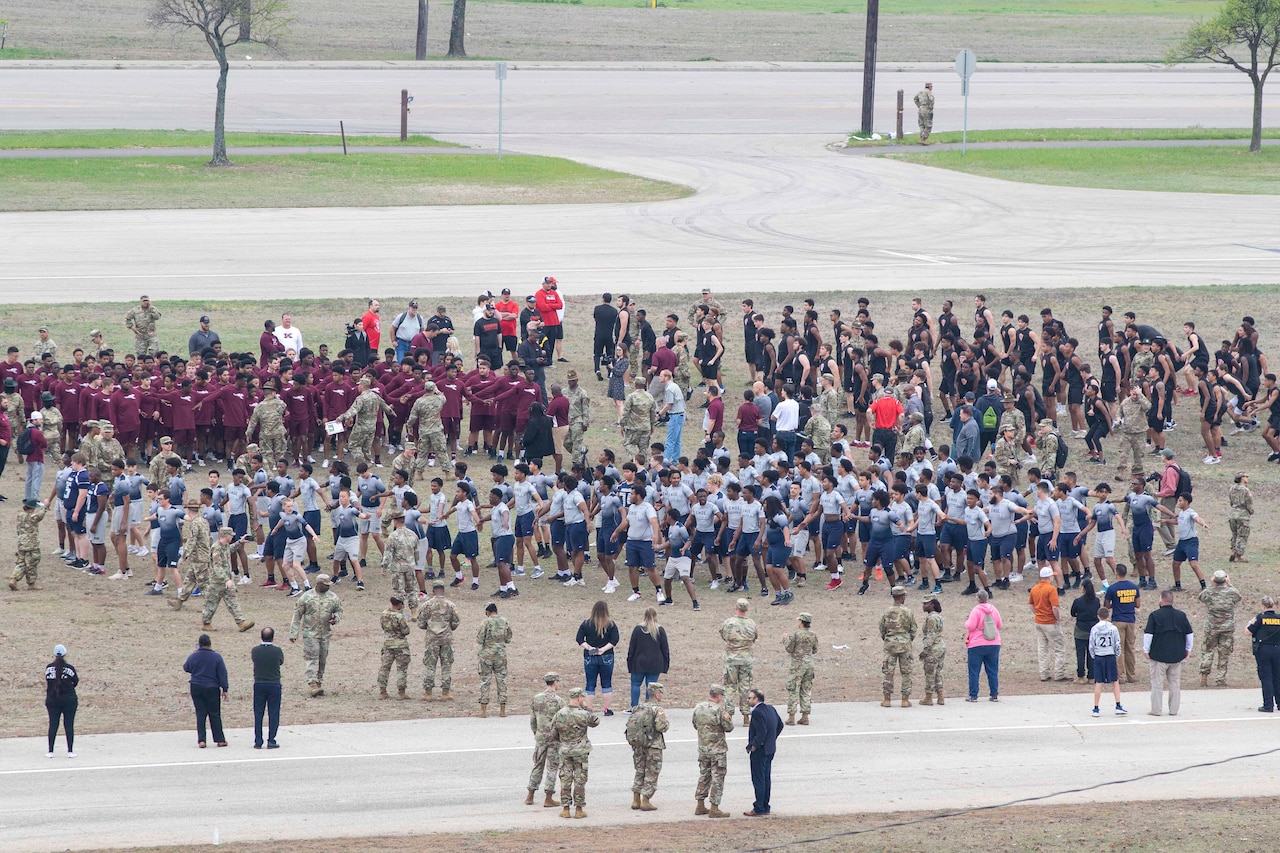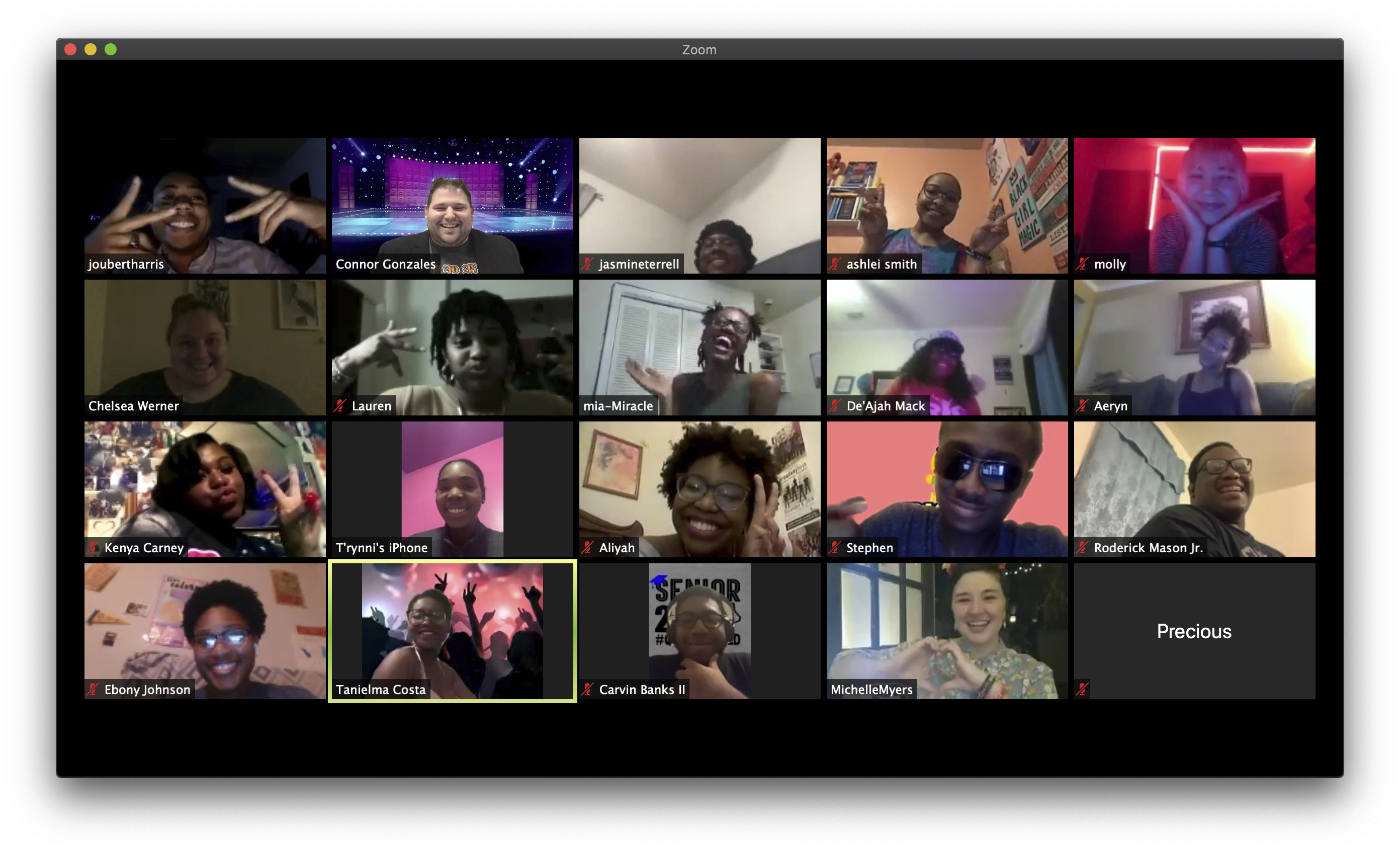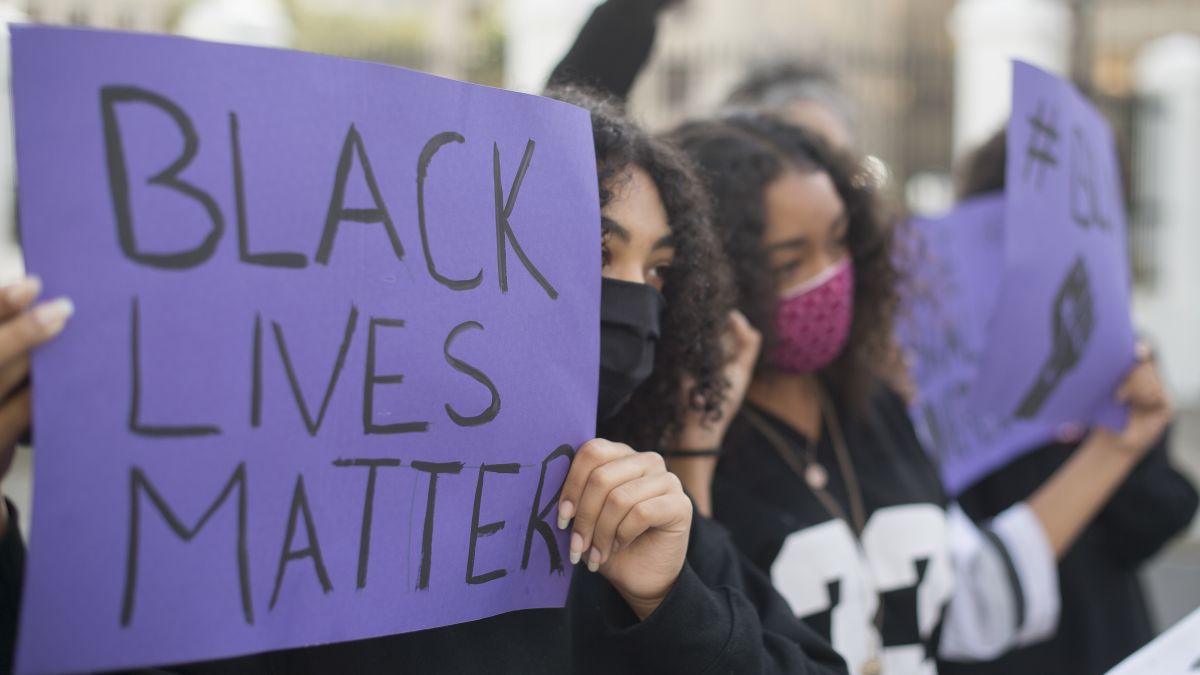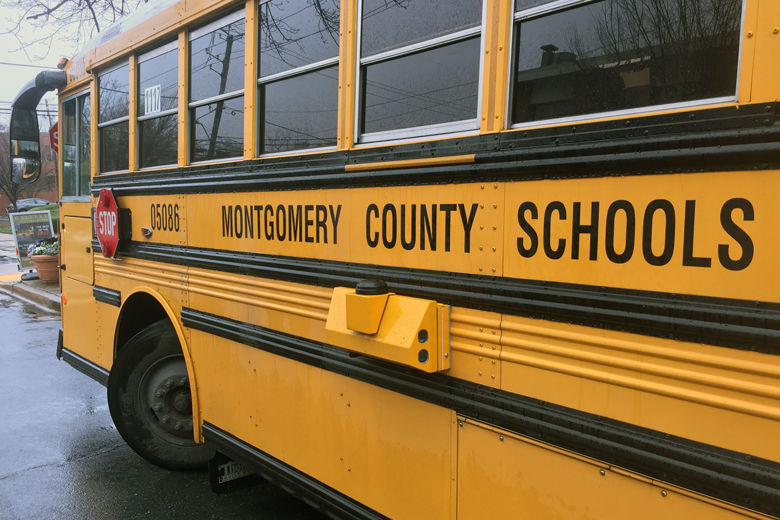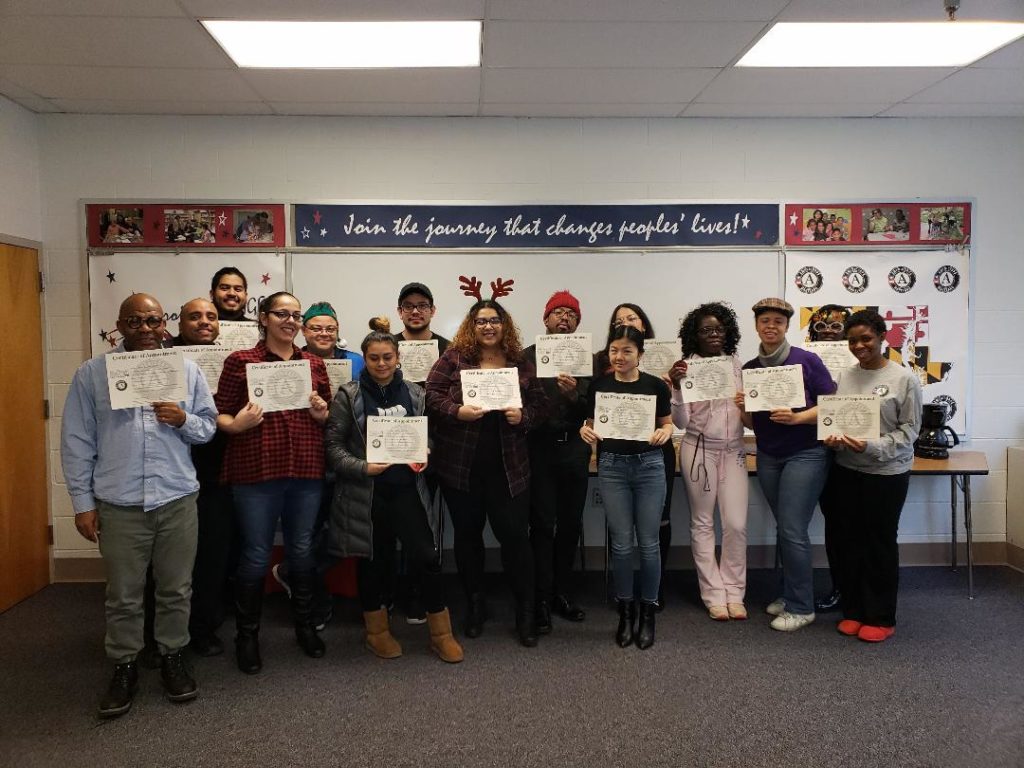
The Principles of Narrative Design (POND) kick in whenever we face the question-What should we do now? They teach us five important lessons.
1.Who we are is Where we are.
2. Where we are is what we are In-Between.
3.We are always already in between Beginnings, Middles and Endings.
4.What to do is determined by where we want to end up.
5. Being Aware boils down to being A-Where.
Let us Apply this to our current situation with AmeriCorps Project CHANGE serving MCPS in the time of COVID19. Let us map what lies ahead.

WHERE ARE WE?
Right Now, we are in the summer, in-between the end of one year and the beginning of the next. The energy that should normally boost us is the creative spark of a new beginning, a new year, a fresh start.
WE FINISHED BUT WE DID NOT END
But this is a beginning that is following an unfinished year, a Beginning that is not following an Ending, but an interrupted Middle, due to the Virus. That means that whatever we are starting has to contend with what was missing from the Ending of this past year. How can you say Hello if you have not said Goodbye?

It is not a clean or even a fresh beginning because there was no Ending. Rather, we suffered an abrupt interruption that slowly faded into a hopeless finish that struggled to create the feel of an Ending. The year just petered out. Just think of all the graduations we had to improvise. The Beginning will be under the same cloud, caught up in the same energy field of the confusing, broken and contested end. That means that there is lots of unfinished business to address.
WE DO NOT BEGIN AT THE BEGINNING
This tells us something important. Whatever we are planning, we need to be clear that “the Broken Ending of the 2019-2020″ is what we begin with. We have to be dealing with what the students have missed out on, dealing with how they have felt about it, dealing with what their disappointments and the hopes and expectations that arise from that. Translation of this into action means we must allow them time and space to give meaning to their own experience. More than that, there are life lessons on offer here that no curriculum can replicate.
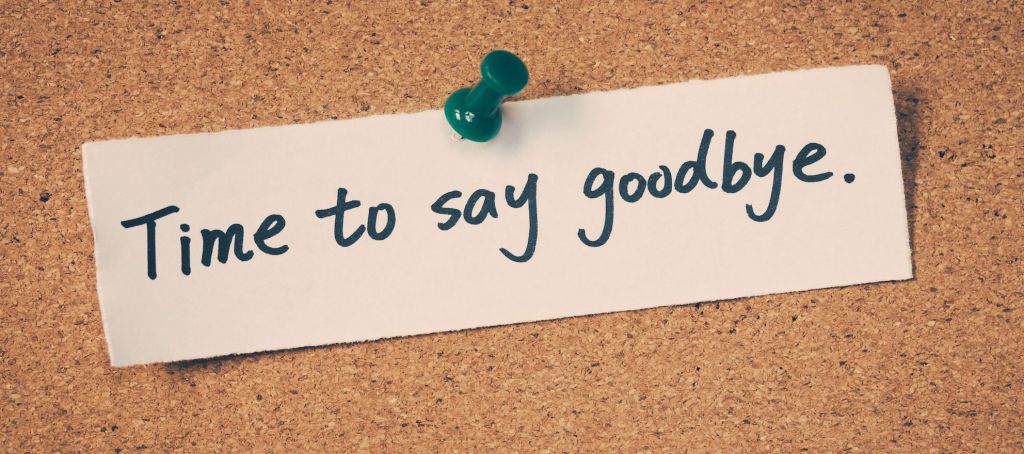
SAYING GOODBYE
To just launch into 2020-2021 as if it were just another year would be to diminish or discount what they have been through. Part of the creation of a space for a new beginning is to clear the space of the troubled and messy ending. There are rituals for that, such as naming what was bad and what was good and declaring in a ritual “And we say goodbye to that.” It means that what we are starting off with is some process of grieving and loss. For some, it may even amount to trauma. Trauma, grief or loss provides no easy platform for kickstarting positive learning.
The clearing away of that Ending space invites them, the students and us- to create the energy we need to start again, Only then can we set some goals for what they want to catch up on, repair, or make good on. The task for all of us is to rebuild the platform for learning before they even start classes again. That means any wholesale rush to curriculum catch-up may be ignoring what is most necessary to start again, which is the connection for learning, the peer to peer support, the teacher-pupil connection and relational energy that goes with all of these. In other words, the SEL needs will be paramount. Summarized, there can be no reconnection to learning unless there is a connection for learning.

BEING READY NEXT TIME
MCPS like other school districts is still deciding when to announce a plan. The latest outbreak of COVID19 is a cautionary tale about relaxing health safeguards too early, or giving in to urgent pressures of other decision makers who have no expertize in public health. We therefore need to build in contingency plans that were missing back in March when we had no idea of what was ahead. We need to ask ourselves the clearing question
“What do we know from here that we did not know from there, that knowing and applying it, increases our chances of ending up where we need to go?”
WHAT WE KNOW ALREADY
We know that COVID19 is still in charge.
We know all we can do until a vaccine is developed is react in the safest way possible.
We know what is at stake is the life and health of the child, not just their educational needs. It is also the health of their families. “Festine Lente” is the old Latin maxim “hasten slowly.”
Also, we know that children are higly adaptable beings. They are built to learn, one way or the other. Their access to learning should not be totally conflated with being able to go to school. Maintaining schools is not the same as maintaining learning. Should we enter another period of intertrupted schooling, or unreliable virtual schooling, what do we need to remind ourselves of what matters? Where do we need even now to concentrate our resources?
FROM NOW TO THE END OF THE YEAR
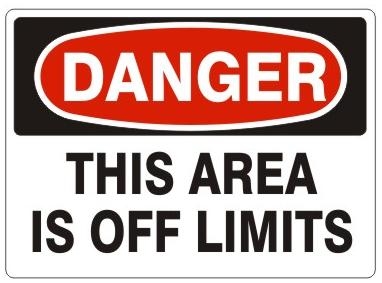
All this is happening in the last four months of a fiercely divisive election year so first, we need to build a wall around our children’s health that ensures they are not used as bargaining chips or election strategies. That has to be out of bounds.
Second, we need to be focused on CONNECTION, keeping students connected to their peers, and teachers and mentors STAYING CONNECTED with their students. If the data is correct, 30% of students have gone AWOL since March. They are not logged on or checking in. Imagine a 30% no-show for ordinary school!
Third, we need to be focused on what the COVID19 is teaching them about life, about themselves, about their resilience, about their own needs. Many have found creative ways to empower themselves and have not waited for adults to teach them anything. They know from their TikTok world that socially distant does not have to mean socially remote. They are digital natives and know how to cope better than we do. Only this week, when Saturday School launched its summer school, a group of students were stuck in a ZOOM waiting room and when we caught up with them, they were organizing their own learning lessons.

THE RIGHTS OF CHILDREN
Children deserve a childhood where as far as possible, they are free to learn and play and have fun, make creative mistakes and be innocent. The adults in their lives are responsible for keeping them safe and secure. One of the biggest traps of the COVID19 crisis is that we drown our kids in the energy fields of our anxiety and turn them into little adults, way before their time. One of the requests of children we keep hearing during this time is “Let us still be Kids. Just because you adults have not got your shit together does not mean you can load all this ..@*#@!….. on to us.”
BUILDING MEMORIES
Lastly, if we are in between one year that never ended and another year that is stumbling to the starting blocks, we had better take care of the memories that our efforts right now are creating. What do we want them to remember about COVID19? In the POND method, this is the crucial question to rocket us out of the heresy of NOW.
We want them to remember that we did not abandon them.
We want them to remember that we believed that they still had the ability to learn and play.
We want them to remember that we did not blame or lose hope, or turn on one another but that COVID19 brought us all closer.
And finally, we want them to remember that we worked hard to not let this happen again.
We want to ensure this experience does not overshadow the more important things about their tender young lives. We need to make sure that the virus does not become the main memory of these times. Something else, something better must come out of it.

COVID19 AS A LIFE LEARNING CURRICULUM
The curriculum ahead of us, from September 2019 to March 2020, has to be that we are together, we are creative, and though we are not perfect, that with patience, resilience and resourcefulness, together we overcame this.
The education for life that our kids need, and that COVID19 unexpectedly provides us is this chance to model how adversity can make us all the stronger. We may have suffered, but on the other side we are better people for it. That is the heart of the matter. Everything else, while it matters so urgently now, won’t matter a ‘hill of beans’ in the end. COVID19 has interrupted education, but COVID19 itself is an education. Time to learn what we want to teach.





